How marvellous it is for a child to arrive in the world ready for their journey into life! The beginning is magical. Is it possible to capture the magical essence of the beginning and extend it forward into the future?
What are a child’s first experiences of the world? How can an environment be created full of adventure and discovery that inspires curiosity and imagination?
How do we capture that feeling in the spaces we create for children?
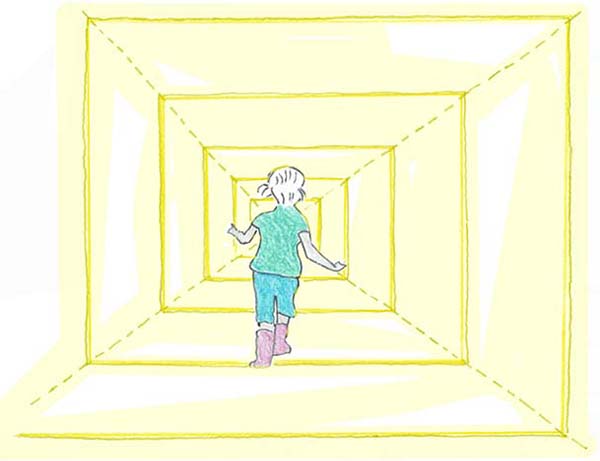
At the threshold to a world of wonder.
Ask questions
Architects, like children, begin by asking questions and need the answers to be:
- Imaginative
- Playful
- Interactive
- Connecting with nature
- Nurturing
- Protective but not restrictive.
Keep constraints in mind
In today’s world, there are increasing challenges to address in producing viable, healthy buildings for children, their carers, and educators. Major concerns include pollution, global warming, and living with a pandemic. Reconciling familiar constraints of the site, budget, and legislation needs to occur in the wider context of the imperatives to reduce the use of energy and carbon, control emissions, and minimise the risk of infection.
Find sustainable solutions
A sustainable design has many facets. The aim is to respond organically to the natural environment with energy-efficient designs that emphasise the benefits of the site and use natural energy resources such as daylight, solar energy, and fresh air. A successful building achieves a balance with its surrounding context as well as within itself. Inherent in this approach is considering the developments’ longer-term impacts on the site and its character, history and neighbourhood, social and cultural context, and infrastructure and ecology.
There is always room for progress. We are motivated by the aspirational performance criteria of the Living Building Challenge:
- Telling the deep story of Place
- Valuing the precious resource of Water
- Meeting Energy needs from within the site
- Fostering human Connectivity and access to nature
- Using Materials safe for all species and sequester more CO2 than building footprint
- Fostering equitable Socio-Economic outcomes
- Integrating elements for the celebration of culture, Spirit and Place.

The connection between inside and outside is crucial. Sheltered and semi-sheltered areas such as verandas and courtyards are important links between the internal spaces and outside play areas.
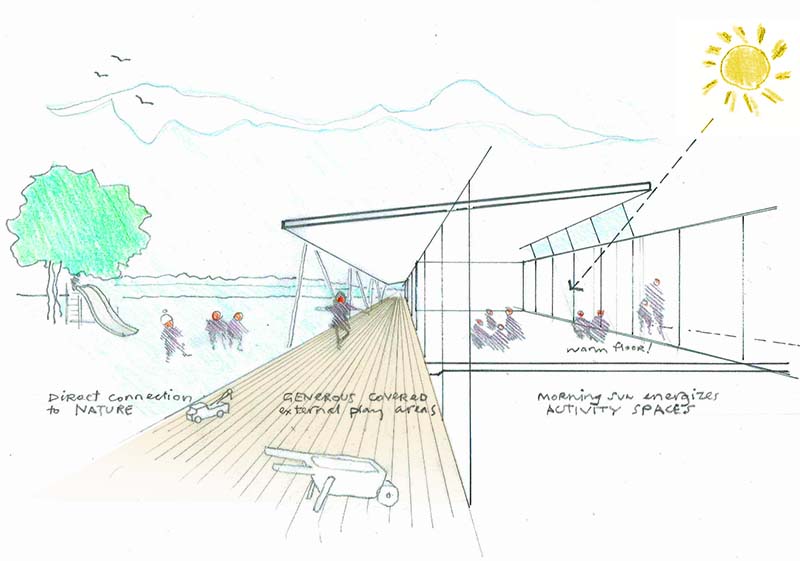
Daylight, good ventilation, and access to the natural world are essential ingredients. Morning sun is particularly important to energise activity spaces, while more subdued and indirect lighting characterises quiet areas for sleeping.
Just as a toy is a way of discovery...
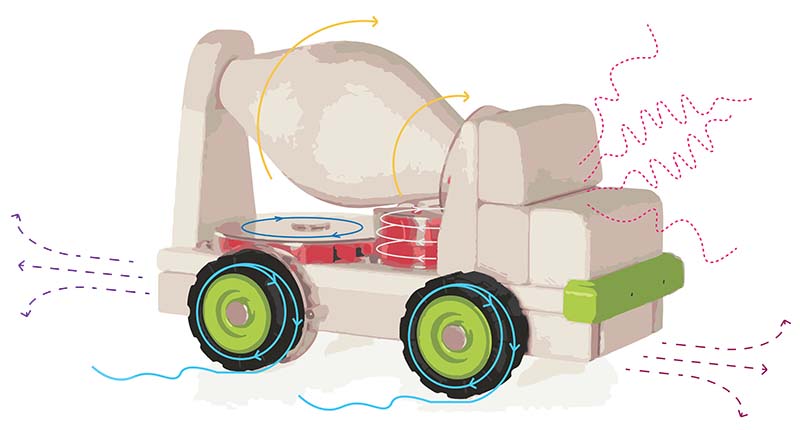
Artistic impression of the Guidecraft Block Science Cement Mixer.
….so is a building
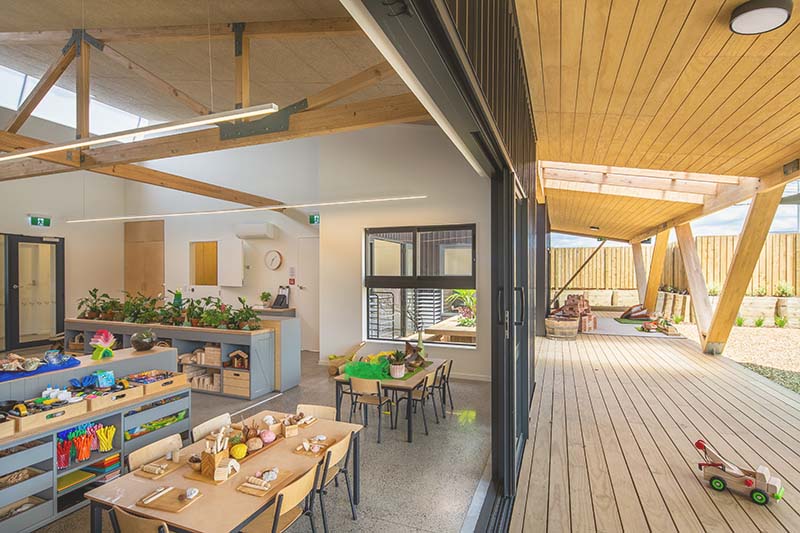
Image of New Shoots Children’s Centre, The Lakes. Designed by Copeland Associates Architects and photographed by Paul McCready.
Essential ingredients for designing magical spaces for children
We have identified some key elements for creating early years’ environments that inspire curiosity and imagination.
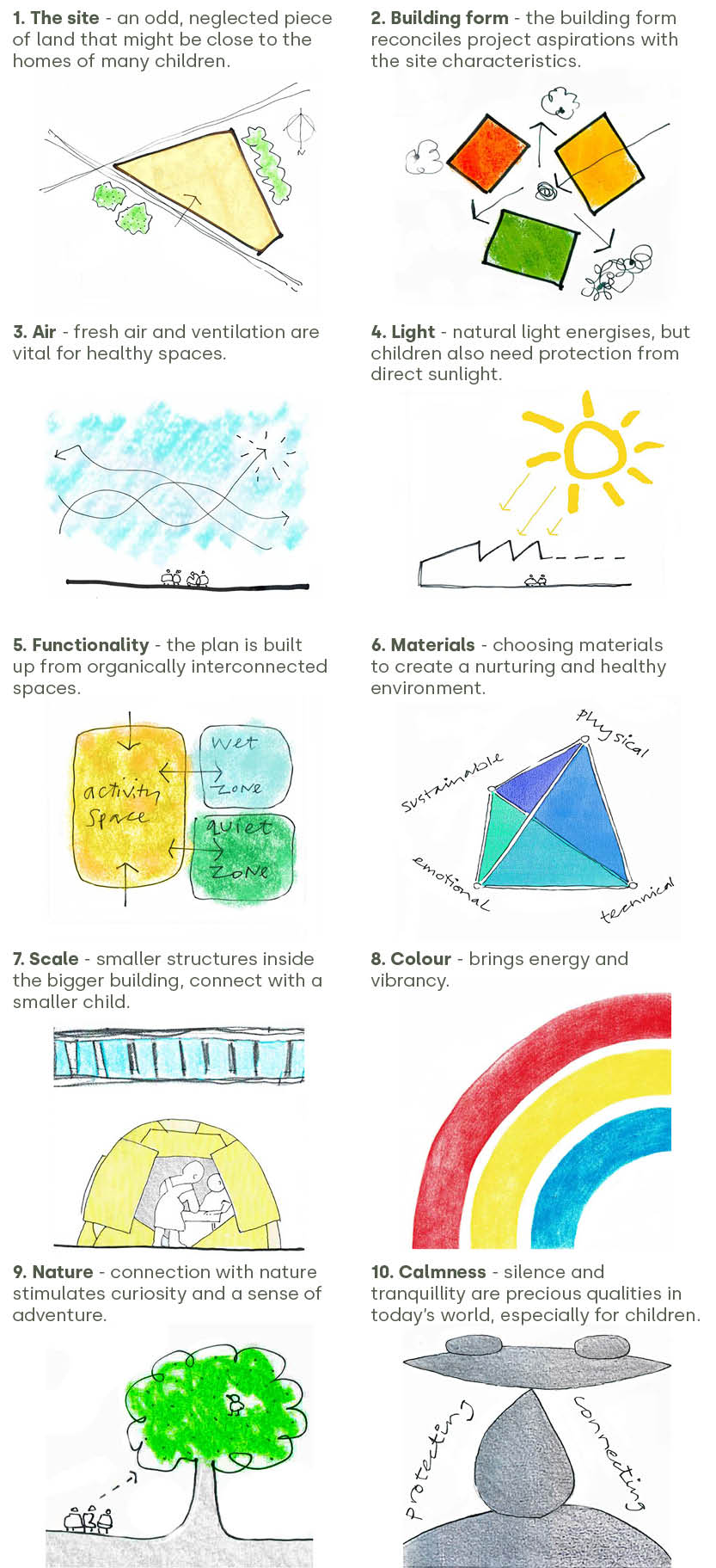
What next?
We’ll look forward to exploring these topics (and others) in more detail later in this series:
- The site and building form
- Connection and function of spaces
- Light and air
- Materials
- Circulation
- Scale (tiny spaces and big spaces)
- Connection with nature
- Colour
- Calmness and silence.
![]()
Copeland Associates Architects is an award-winning New Zealand practice with an innovative and modern approach to architecture and its integration into the community. It has a particular interest in designing learning environments, especially for the very young.
 Barry Copeland
Barry Copeland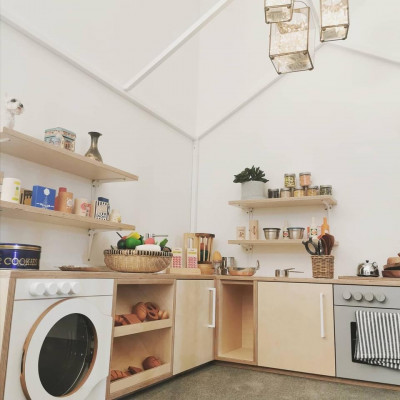
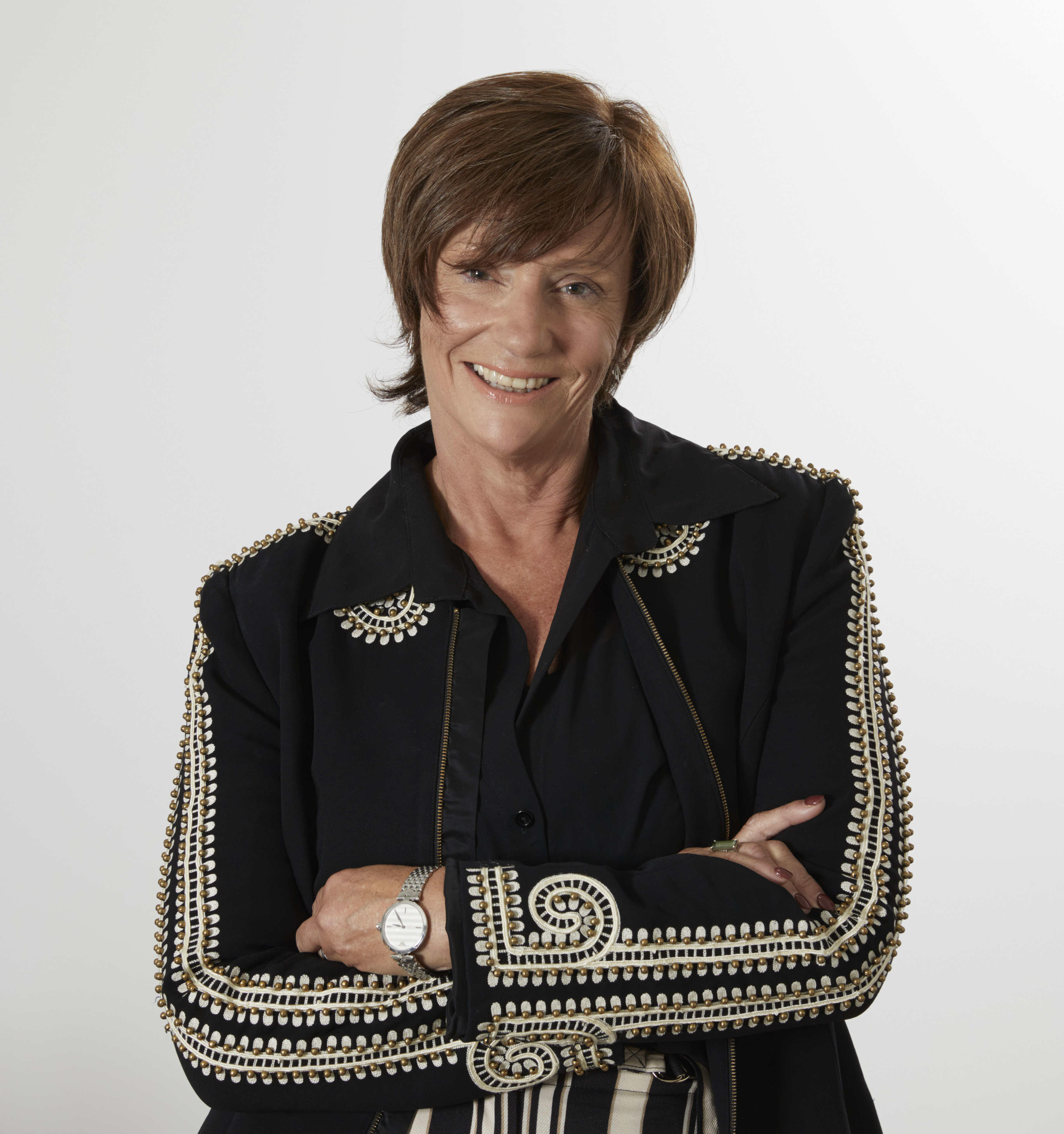 Michelle Pratt
Michelle Pratt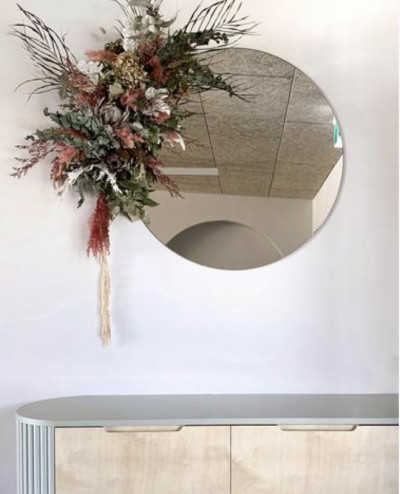
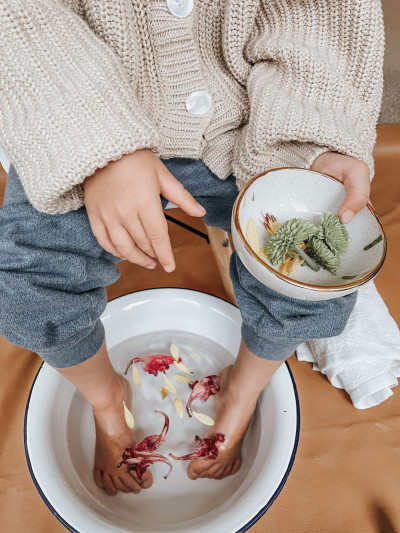
 Jade Leigh Kelly
Jade Leigh Kelly